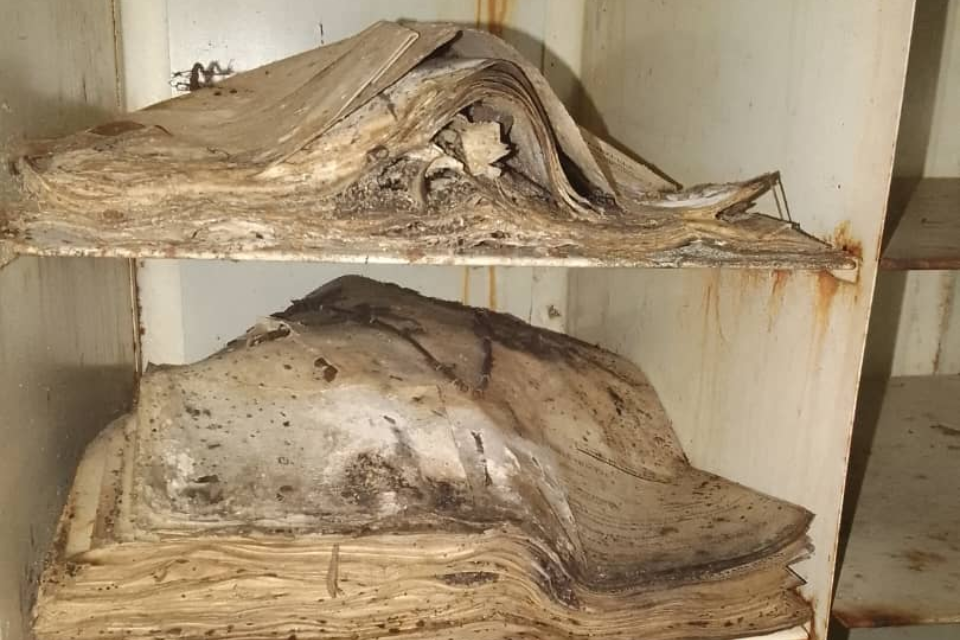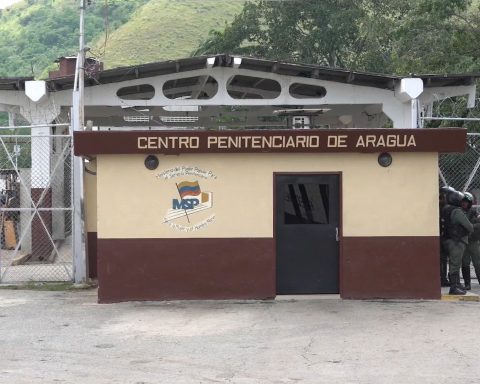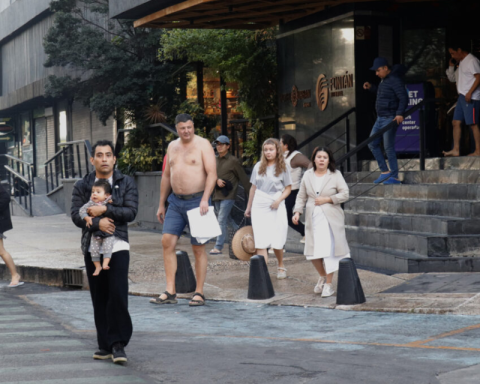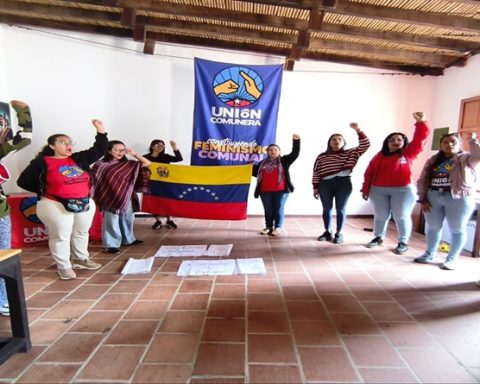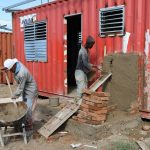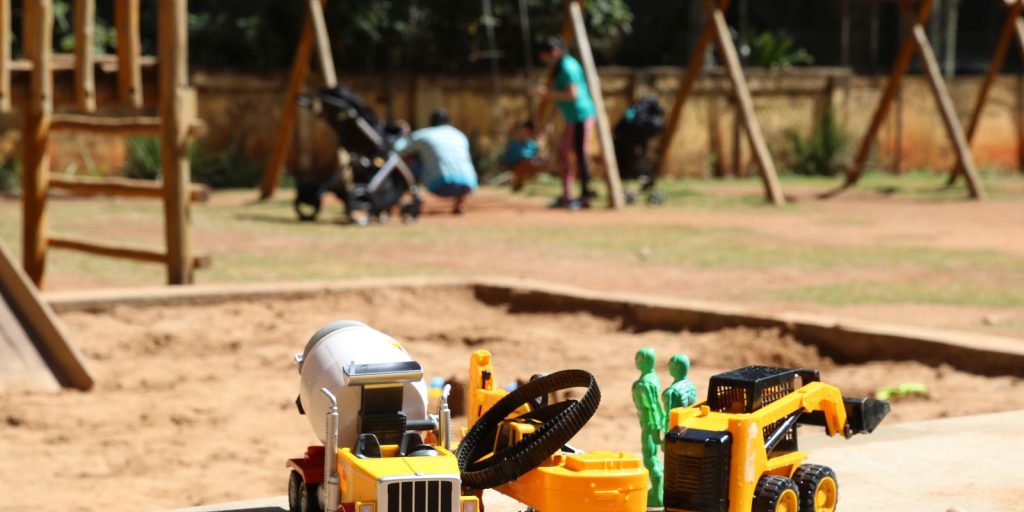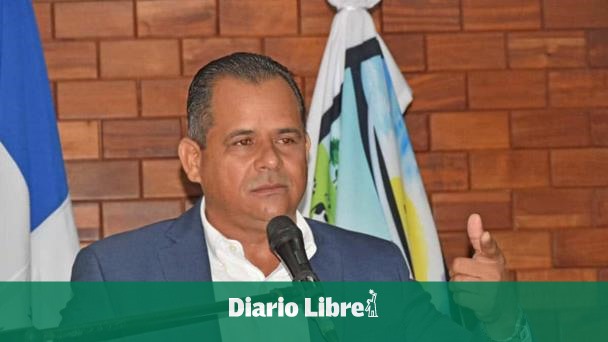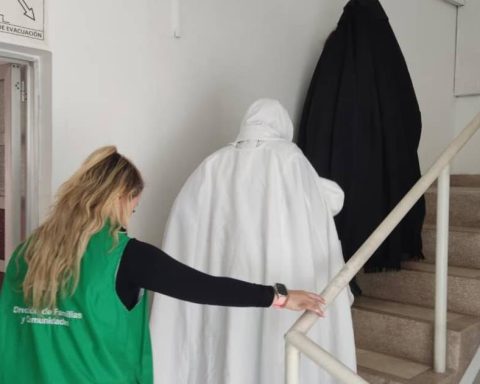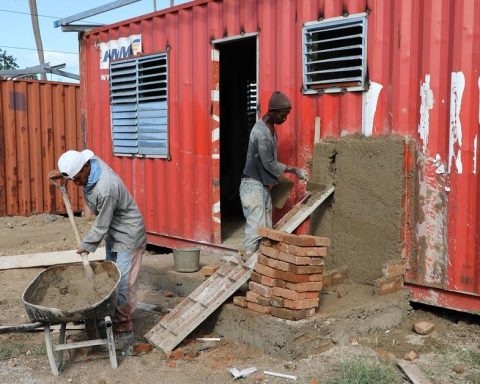Since October 2023, the decision of the Regional Attorney General’s Office to rescue the botanical collections that had survived was expected, “but the apathy was more diligent and there are no longer any botanical collections left to save,” explained Fritz Sánchez.
The journalist Fritz Sanchez denounced the destruction of Regional Herbarium of Guayana, Bolívar state, “which housed more than 13 thousand species, collected and classified throughout decades of study and scientific expeditions.”
Through the social network Ciudad Bolívar, as well as the library, residences for scientific researchers and the multipurpose room, in the last decade.
Science of Mourning #Venezuela
Government apathy managed to destroy the Heritage archive of the flora of the #edoBolivar : the Guayana Regional Herbarium, which housed more than 13,000 species, collected and classified over decades of study and scientific expeditions pic.twitter.com/oKRb0bdaEU
— Fritz Sanchez (@Fritz_A_Sanchez) September 29, 2024
“The collections that ‘survived’ were stacked in an office where part of the nursery operated, located in the parking lot of the Botanical Garden, without dehumidifiers or equipment necessary for their conservation,” he said.
Sanchéz recalled that since 2018 the calls to rescue and safeguard the botanical collections “of what was the main herbarium in eastern Venezuela” had already been repeated.
«The diminished collections that survived the first two decades of the 21st Century Socialism “They did not exceed four thousand samples of species from the Guayana region, including species new to science,” he added.
He highlighted that various spokespersons and institutions raised the urgency of rescuing the botanical collections that had survived, “it was even learned that from the State’s Directorate of Historical and Cultural Heritage Bolivar The need to rescue him was also raised, so an administrative space was sought to be adapted in the Manuel Carlos Piar House Museum.
He explained that since October 2023 the statement from the Regional Attorney’s Office was expected to achieve this goal, “but the apathy was more diligent and there are no longer any botanical collections left to save,” he lamented.
He also pointed out as the “in situ” destruction of vegetation and ecosystems follows South Orinoco with an “illegal and informal extractivism promoted and condoned by the powers of the State… and today we know about the ‘ex situ’ destruction of the Guyanese flora.”
In 2018, Alejandro Lanzdirector of the Center for Ecological Research of Venezuela (CIEV) expressed that the “Herbarium of Guayana was the most important research and documentation center for the Venezuelan flora in the south-east of the country, with fully identified catalogues, samples of stems and leaves of more than four thousand species of flora.
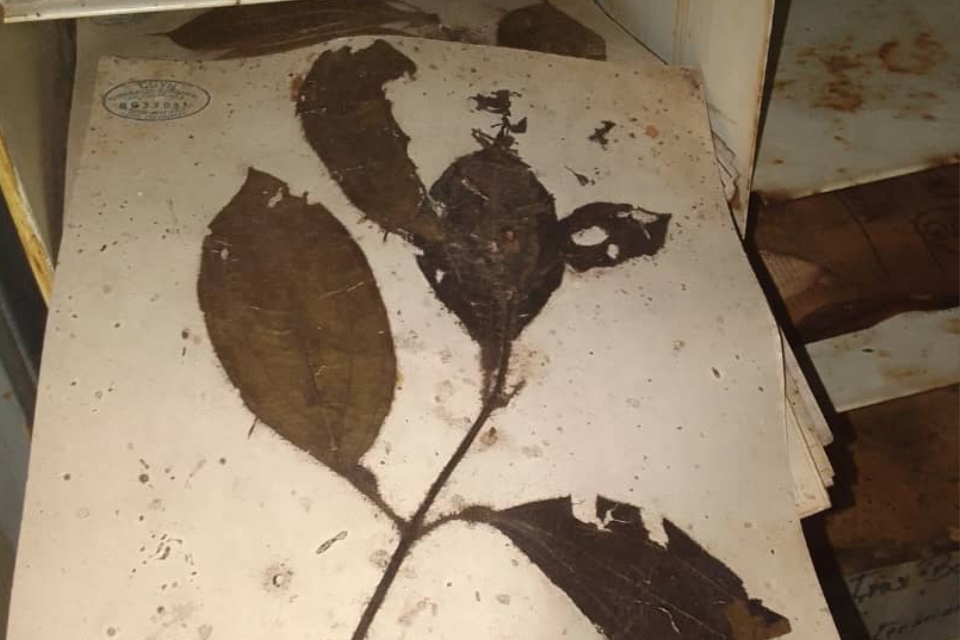
*Read also: Américo de Grazia: Sorting out the Arco Minero disaster will be a gigantic challenge
Post Views: 227
